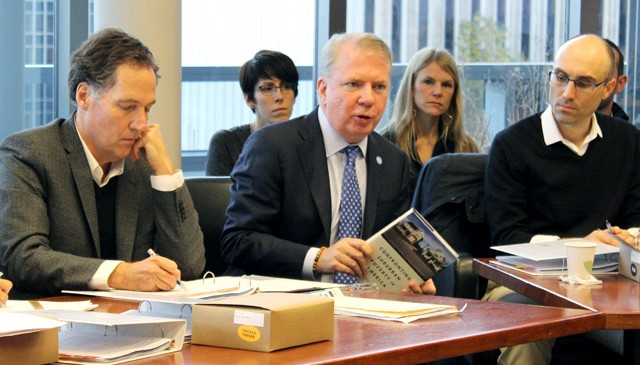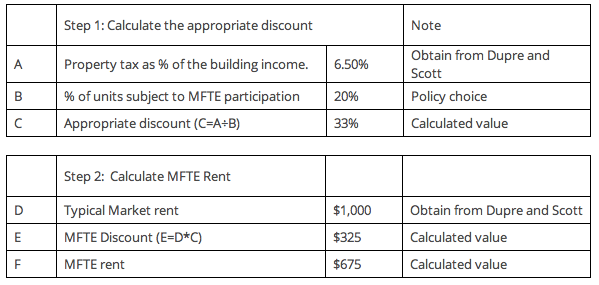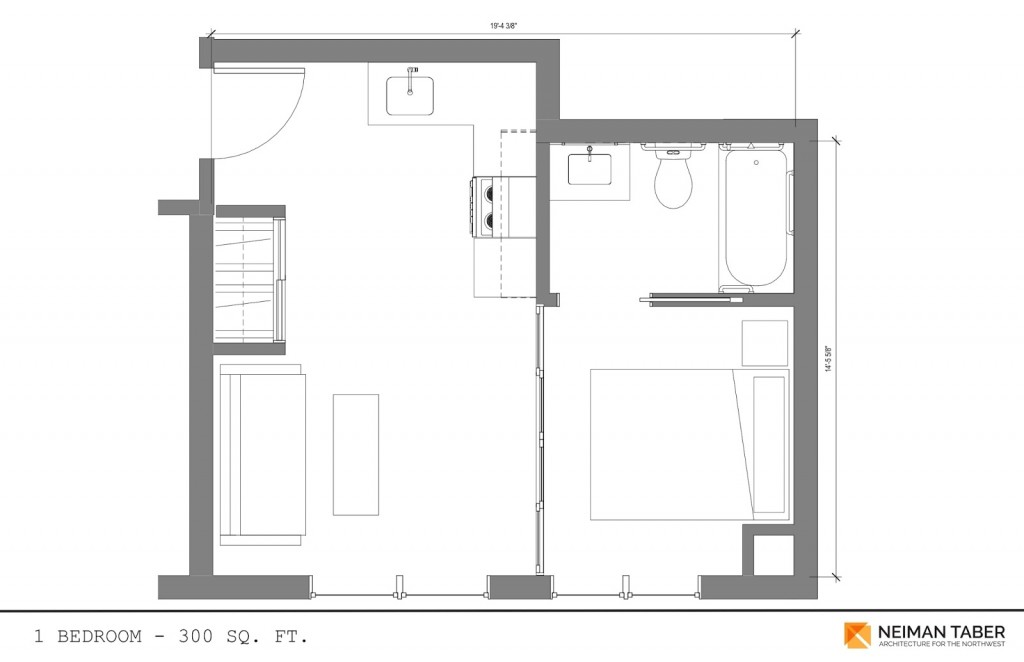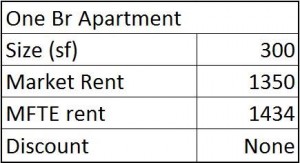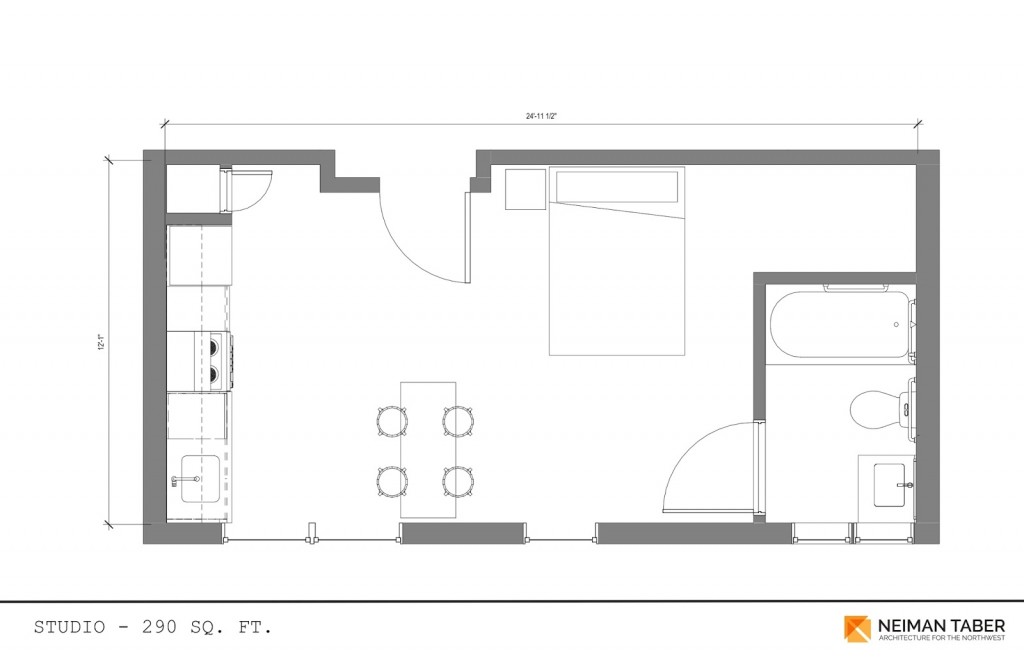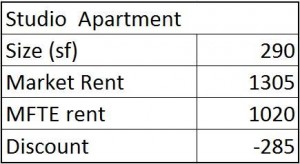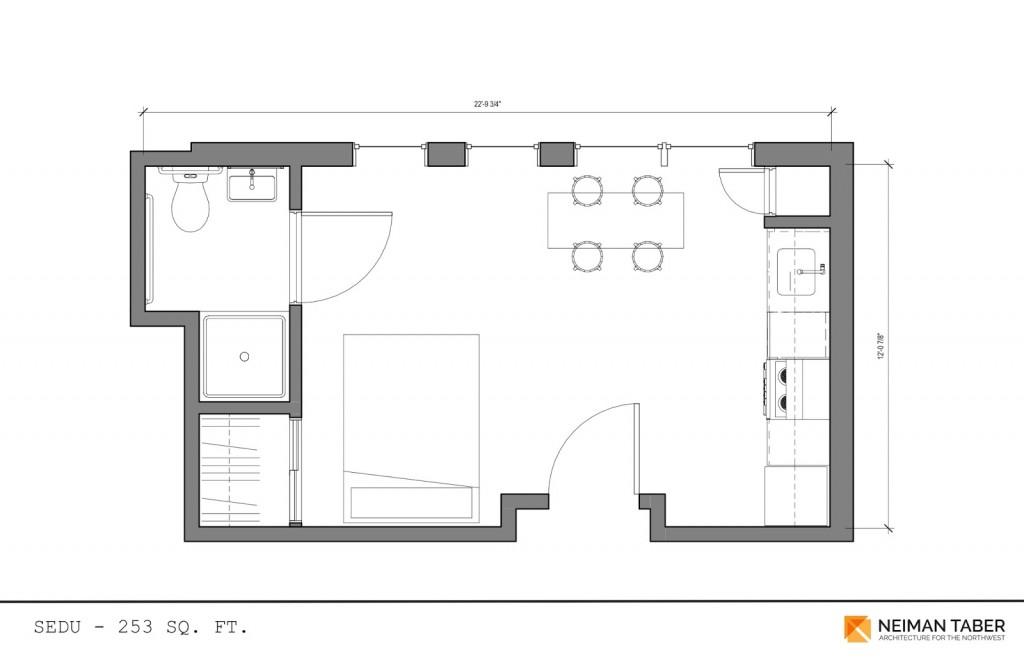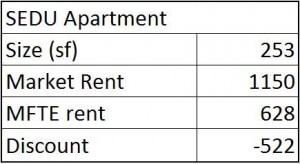David Neiman: A Smart and Fair Approach to MFTE
The MFTE program is a vitally important tool that leverages market rate development participation in the effort to increase the supply of affordable housing units in Seattle. Over the last couple years, the city has struggled to incorporate small unit development into the program. City policy has been at turns overly permissive and punitive, with the result that the current legislation effectively prohibits participation by small unit development. Given the inherent ability of small units to reach deeper levels of affordability, we must change the MFTE program to incorporate SEDU and congregate housing while ensuring fair public benefit is returned.
Currently Neiman Taber is working on three congregate housing projects with a total of over 200 units of housing. Each of these projects wants to participate in the MFTE program, but under current rules this is not possible. Below are our suggestions for improving the MFTE program:
1) Create and publish an explicit rubric for how the MFTE rent is calculated.
The calculation is not difficult, and relies on only a few variables, all of which are readily available through public records and published data sets. The variables are:
- Value of the property tax relief as a percentage of the building rental income. This number is available through Dupre & Scott as part of their standard reporting.
- Percentage of units that you want to discount. Policymakers get to choose the number, for example 20% or 25%.
- Typical market rent for new construction. Again, this number is available through Dupre & Scott.
Once the proper data is collected, calculating the appropriate discount is quite simple:
In the above example, all of the data needed can be obtained from market surveys that are widely available and easily verified. The math is explicit, clear, and unassailable in terms of representing a fair value for value exchange. Publishing a rubric like this would both explain to the public how the program works and provide a clear way forward for future council members to steward the program in a way that is objective, responsible, and fair.
2) Use the official rubric to calculate an appropriate MFTE rent for a given type of unit.
The recent adjustment of MFTE rents for SEDUs is an example where the appropriate rent and percentage of units required to participate does not stand up to an objective study of market rents and the value of the property tax relief. The current MFTE proposal from the Mayor’s office for congregate units appears to be closer to the mark, but the rents proposed for SEDU’s remain strangely disconnected from reality. Based on the current system of classifying units by type and bedroom count, the following values are roughly in line with market rents, using either 20% or 25% participation.
3) Change the way unit types are classified to remove incentives to game the system.
The current system of classifying units by the number of bedrooms creates an incentive to provide the smallest possible unit within a given category in order to give the least possible discount in exchange for MFTE participation. This formula encourages developers to game the system, creates odd unit designs, and diminishes the value returned to the public. The example below shows three units from one of our current projects. These units are not significantly different from one another, but due to the coarse steps inherent in the current classification system, they behave very differently under the MFTE program.
Another factor to be considered is that as units get smaller, relatively minor differences in the size of units have a big effect on price as a percentage of the rent. A review of market data for micro-housing shows that the variation in size between a small congregate unit and a large congregate unit is over 50%. Treating all size units the same has the effect that the projects with larger and more livable units are the least likely to participate, while the projects with smallest units are the most likely.
These perverse incentives can be solved by using a simple table similar to the ones that every American uses to calculate their income tax. The table has a few gradations of unit size and rent per square foot. Each value would be created using market data. Calculation of the appropriate market rent for a given unit and the corresponding MFTE rent is a simple process, as illustrated below:

4) The MFTE is a voluntary program. The family size unit “incentive” will not work.
One of the defining features of the MFTE program is that participation is voluntary. Because of this feature, a fair value for value exchange must be offered in order to encourage participation. If policy makers ask for more in rent concessions than is warranted by the value of the property tax exemption, developers simply choose not to participate. Attempts to “extract” more value from developers than the tax exemption is worth makes for a great applause line, but doesn’t actually work in practice. To the contrary, it simply drives potential participants away from the program, resulting in fewer affordable units.
The recent proposal to incentivize family size units by mandating a higher percentage of affordable units unless developers provide at least 4 two bedroom units in their projects is an example of a misguided extraction attempt. The result of this policy will be:
- Larger projects, where provision of a few larger units is customary, will get a benefit in exchange for doing nothing more than what they were planning to do in the first place.
- Smaller projects where provision of a few large units is difficult will find that MFTE is bad deal & simply will not participate.
The section intended to encourage two-bedroom units should be removed from the legislation. Family sized housing is an important issue, but cannot be effectively incentivized using a voluntary program like the MFTE. Attempting to do so is counter-productive and makes it harder to responsibly administer and steward the MFTE program in a way that maximizes participation and public benefit.
